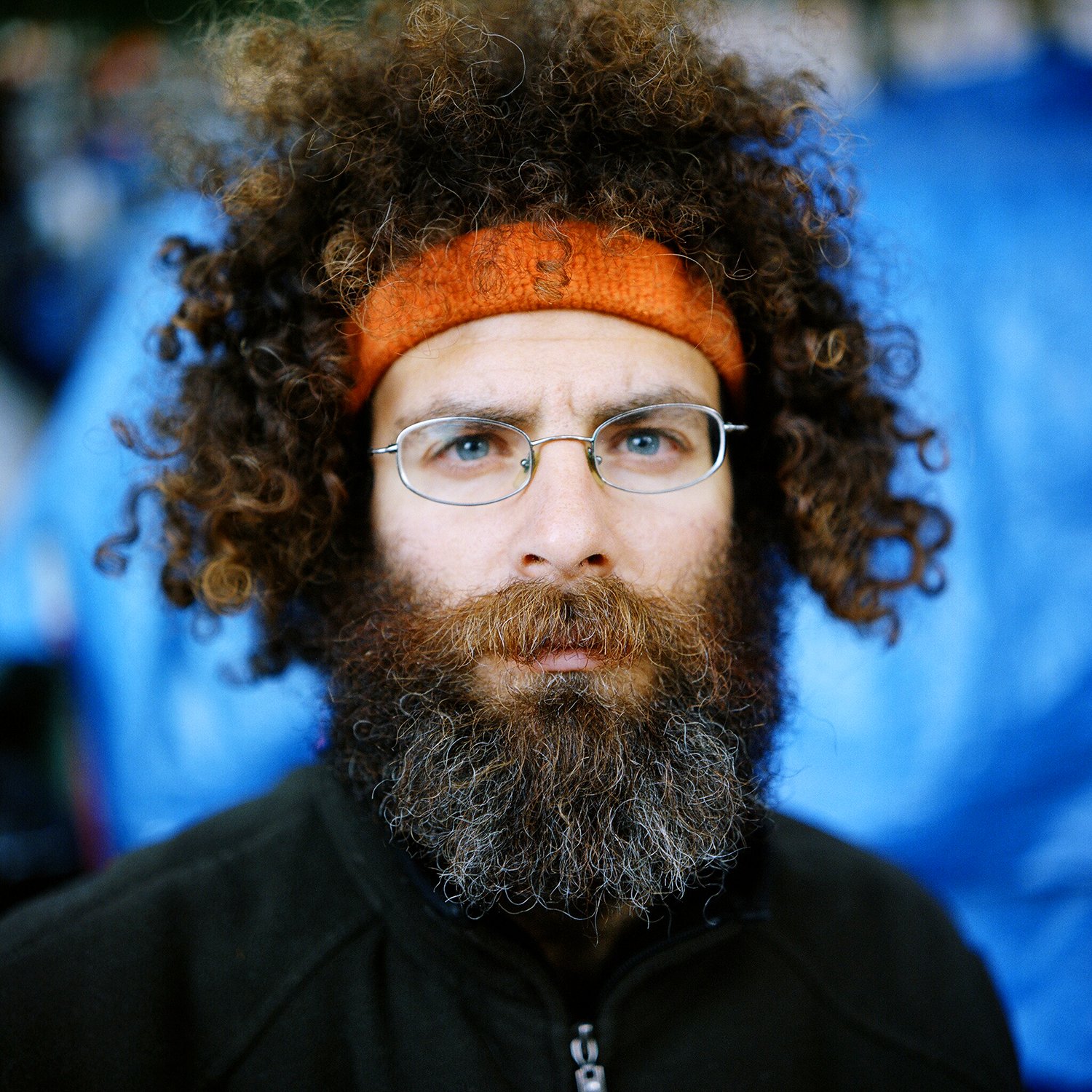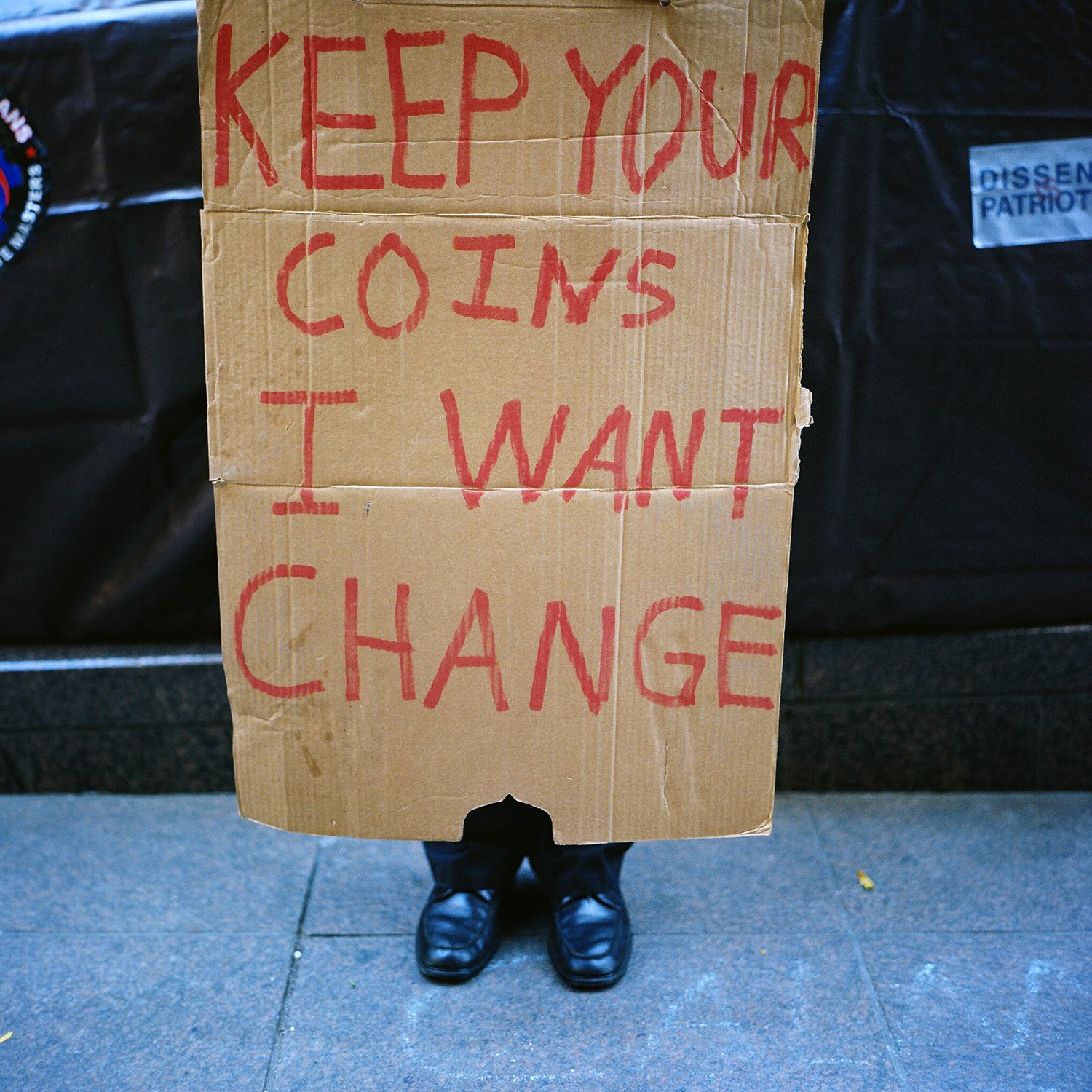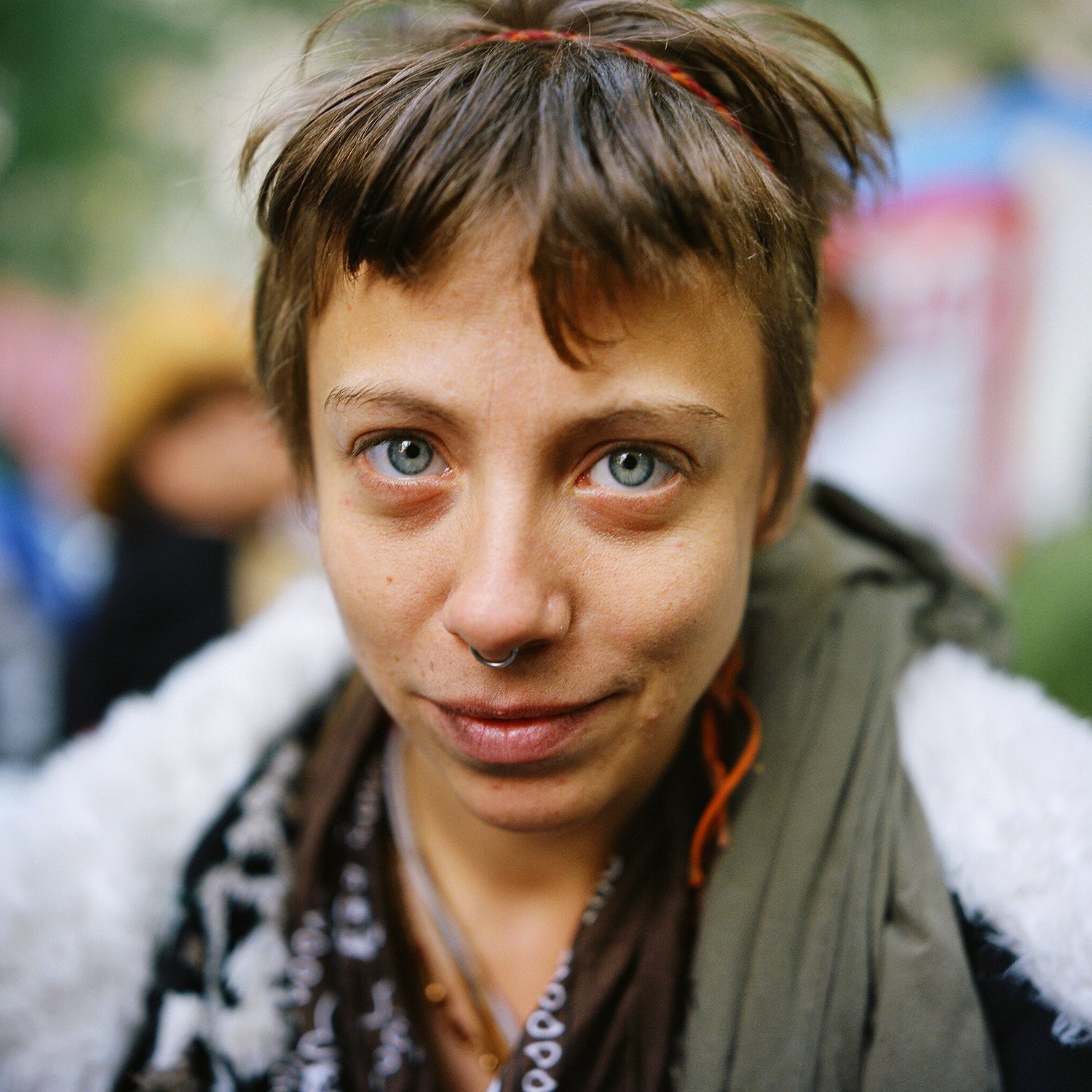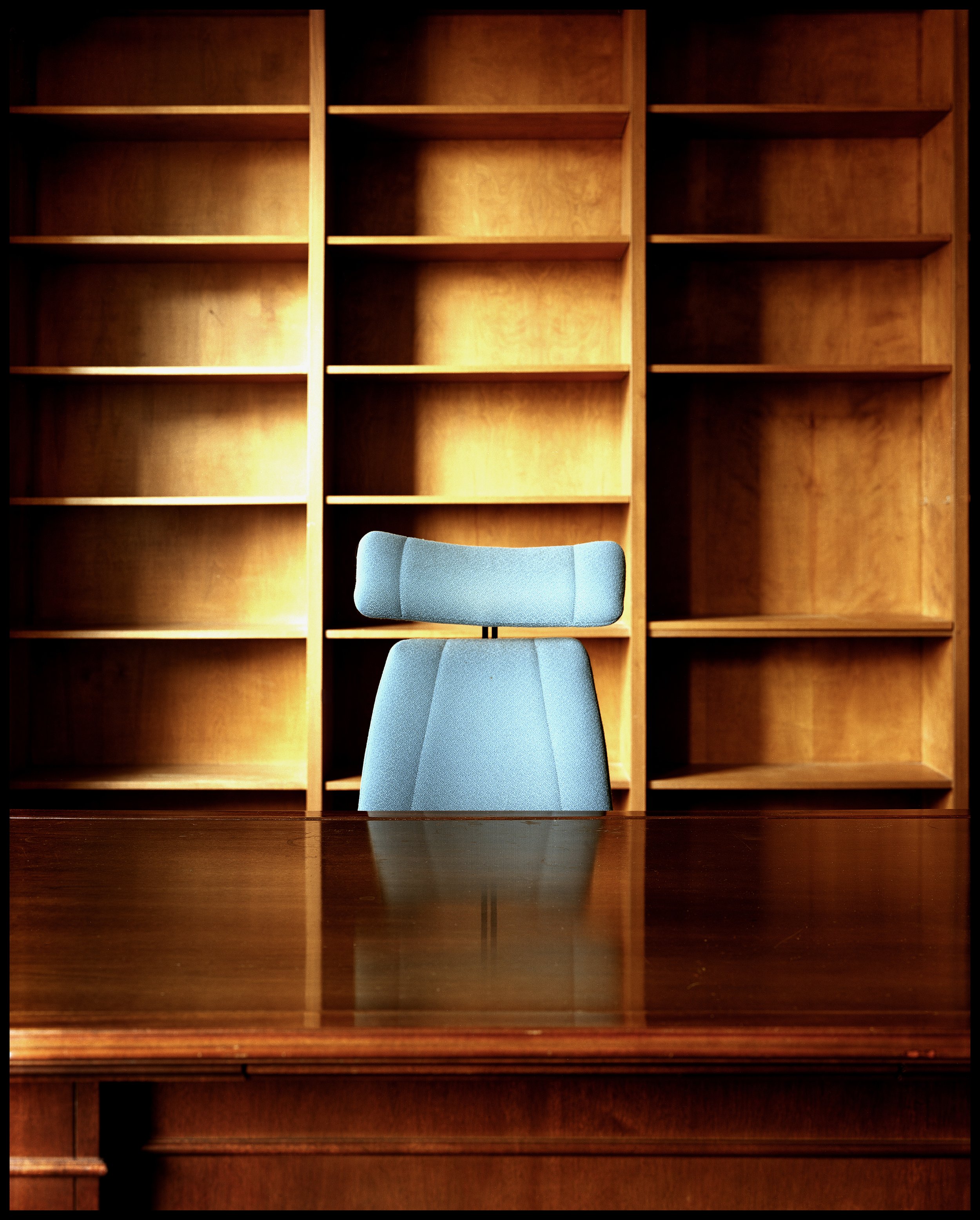The Creek Club Centennial Book
Of all the things I love to photograph, nature is on the top of my list.
Of all the things I love to photograph, nature is on the top of my list.
Nature reassures me. There is nothing more inspiring than a spectacular view of the mountains, witnessing the ages at work in deep canyons, being enchanted by the light and colors of a dense forest. Or in this case, on the picturesque Northern shores of Long Island, in a small place called Lattingtown, experiencing the hand of man sculpting the landscape into a beautiful place to play.
When John Klotnia, founding partner of Opto Design, approached me to photograph a centennial commemorative book for The Creek Club, I hesitated. Golf is a sport I never photographed before. Let alone did I ever play a round. Not taking no for an answer, he convinced me that I was the right choice for the job.
And what a wonderful project it was! During the year, we returned often. Photographing during the Spring, Summer and Fall seasons. Searching the landscape at different times of days. Always there was a view to marvel at. The quality of light. The glow of the colors. All significantly changed throughout our visits. It was a dream job for any photographer.
The team was all wonderful to work with. Liz Walker, publisher, Thomas Dunne, writer, John Klotnia, creative director, and all the gracious and supportive people at The Creek Club. Everyone made it a pleasure throughout.
Tom, John, and I were usually the team onsite, in our two carts and we would roam the course. They tutored me on both the rules and beauty of the game. And equally important, proper etiquette on the course and at the club.
Sometimes time we went out with a specific event or agenda. Often we just explored. It was truly a joyous collaboration.
Here are the results. A window into the life of The Creek Club, made into a beautifully written and designed book. Now a part of its legendary history.
Rockefeller University
Many times I reflect with gratitude, the people and institutions I worked with over the years. Rockefeller University is a prime example.
Many times I reflect with gratitude, the people and institutions I worked with over the years. Rockefeller University is a prime example.
Since 2018, I have been called upon to photograph a variety of scenarios, portraits of faculty, symposiums featuring the latest breakthroughs in science, high-tech equipment studying the qualities of light, or simply everyday life at the school.
In each and every encounter with people from diverse backgrounds, there is a spirit of kindness throughout. Not only are they a world-renowned research hospital, with multiple Nobel Prize winners. From the top down, a true sense of community in its highest form is evident. These are some of the many moments documenting this unique place.
Occupy Wall Street
In the fall of 2011, the whole world was in the depths of the economic devastation caused by the 2008 housing crisis. Many people lost their jobs, their homes and their hope. I felt it firsthand.
In the fall of 2011, the whole world was in the depths of the economic devastation caused by the 2008 housing crisis. Many people lost their jobs, their homes and their hope. I felt it firsthand.
Appearing out of nowhere, this small group of protestors landed in a place and time that was to become an international phenomenon. Those people came to be known as Occupy Wall Street and their home for several months was a tent city in the center of the world of finance. Across the street today, is the monument to the World Trade Center.
It started when the NYPD guided a group of protesters to one square block of privately owned land open to the public, Zuccotti Park. Located on the southern part of Broadway. A technicality in the law allowed them to stay until the owner required them to leave.
Individuals from all walks of life joined hands to help and be heard. They wanted change. They set up a functioning village with food, healthcare, shelter and much more. Some lived there day and night. Many more visited and offered what they could.
Their motto was “We Are The 99 Percent” and among the loudest and most unifying message was economic fairness for all.
In the beginning, I cheered them on from afar. After watching many arrests and unfair attacks in the media, I went to see for myself. Immediately, I was enchanted by the spirit of community and support shown by so many people who had never met before. Everyone had their own message to share. I was curious by what people had to say.
From the moment I arrived in early October, I took out my camera and didn’t stop photographing until they were forcibly removed just before Thanksgiving.
My goal was to photograph as many of the people I met as possible. To capture the faces of “We The People”. I knew I wanted to use my old trusty Rollieflex. The expense of film and processing was a constraint. One frame per face and one of what they brought with them was my solution. Over one thousand portraits later, I have a document of a hopeful moment in history.
Location: Zuccotti Park, Manhattan, NYC
Camera: Rollieflex, 120mm color film
What Was Left Behind
From 1912 until 2007, the home of the New York Times resided at 229 West 43rd Street, NYC. Days before the venerable paper handed over the keys, I was given full and unfettered access to the entirety of that iconic building.
From 1912 until 2007, the home of the New York Times resided at 229 West 43rd Street, NYC. Days before the venerable paper handed over the keys, I was given full and unfettered access to the entirety of that iconic building. The arrangement with the new owner allowed people to leave whatever they didn’t want in place. My friend, Melissa Jun, with whom I have collaborated in the past, was one of the last whose office had to move. She saw the potential and asked if I would be interested in photographing the deserted building.
As a devoted reader of the famed newspaper from my early years, I felt like a kid in a candy store. It was difficult to decide what type of film and camera to use. All I knew was I would methodically document floor to floor, room to room, until I was told my time was up. History was changed by the people who worked here and one could feel it within the walls. So many remants of memories and spirits were left behind.
Throughout my brief time there, cameras in hand, I had a sense of awe and humility. For days, I wandered meeting no one except security at the front door and someone in the basement making sure the utilities stayed on. From the corporate suites, the floors where the journalists and editors worked, to the basement where the presses once shook. Whatever door was open, I walked through. My imagination went wild. It was as though voices were heard in the echoing silence. Everywhere I turned, there were keys to the past. Basking in varied light, this is a document as I saw it.


































































